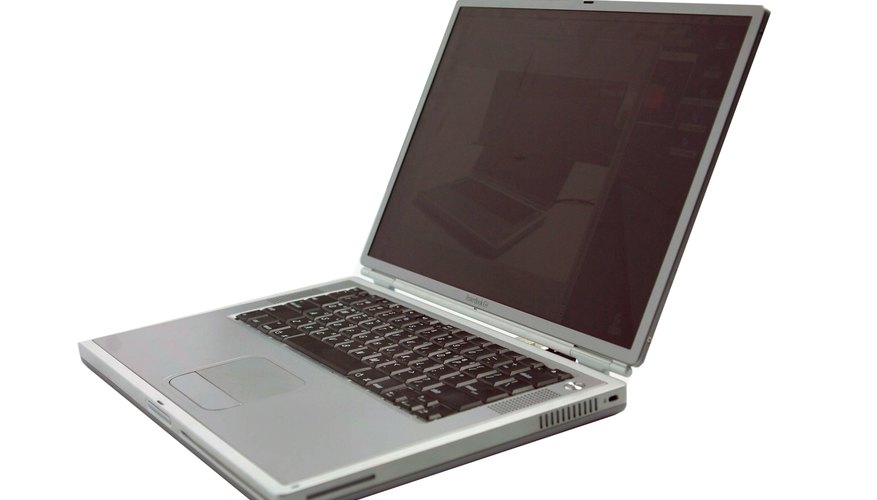Virtual instrumentation is the field of replacing mechanical or analogue measuring systems and gauges with display panels and measuring devices that require a software element. The practice of replacing measuring devices with virtual instrumentation is as broad as the field of measurement. For example, weighing machines, wind gauges, car speedometers and petrol gauges are all devices that can be replaced by virtual instrumentation.
Cost
The main cost benefit of virtual instrumentation is that is utilises equipment that most homes, offices and laboratories already have. The ability to load different specialist software or the existence of flexible virtual instrumentation software means that testers do not have to buy a range of expensive measuring devices. Instead all measurements can be centralised on one computer connected to a range of measurement-taking input devices.
Accuracy
The improvements or disadvantages of accuracy in the application of VI vary widely depending on the type of measurement being performed. For example, digitised measuring devices, such as sonar or laser work well with VI because they automatically produce digital data. The benefits in accuracy with weighing systems are not so great. Here, the precision of the weighing device dictates the accuracy of the readings and this is not a VI element, but an input to a VI system.
- The improvements or disadvantages of accuracy in the application of VI vary widely depending on the type of measurement being performed.
- Here, the precision of the weighing device dictates the accuracy of the readings and this is not a VI element, but an input to a VI system.
Flexibility
As a computer lies at the core of a VI system, it can be as flexible as the availability of input and output devices. Many traditional measuring devices have their display system integrated into them, making transport of data difficult. For example, a needle-based pressure gauge has to be read manually and a note-taker would then have to input this data into a computer. A VI system can be networked to read in data from many input devices within an organisation. Similarly it can be as portable as a laptop, enabling field workers to take a VI system with them when they travel to collect data. Display options are not limited to a single method. TVs, projectors or dials plugged into the computer give flexible output options to VI systems.
- As a computer lies at the core of a VI system, it can be as flexible as the availability of input and output devices.
- Similarly it can be as portable as a laptop, enabling field workers to take a VI system with them when they travel to collect data.
Data management
VI systems enable data to not only be displayed, but also stored, processed, compared and charted within a single computer. Repetitive measurements can be carried out automatically buy a time-controlled program, freeing up technicians for more complicated tasks. A range of inputs can be collated into the same archive enabling synchronisation of different data gathering techniques.
Security
As a computer-based system, VI technologies may offer wider security risk. For example, a traditional system is usually static and location based. Physical security is easy to manage in such situations as access to the instrumentation can be limited by locks and an authorisation procedure. Data that can be carried about on laptops or memory sticks is easier to steal. The absence of an original paper-based readout also means that results can be tampered with at source.
- As a computer-based system, VI technologies may offer wider security risk.
- The absence of an original paper-based readout also means that results can be tampered with at source.
